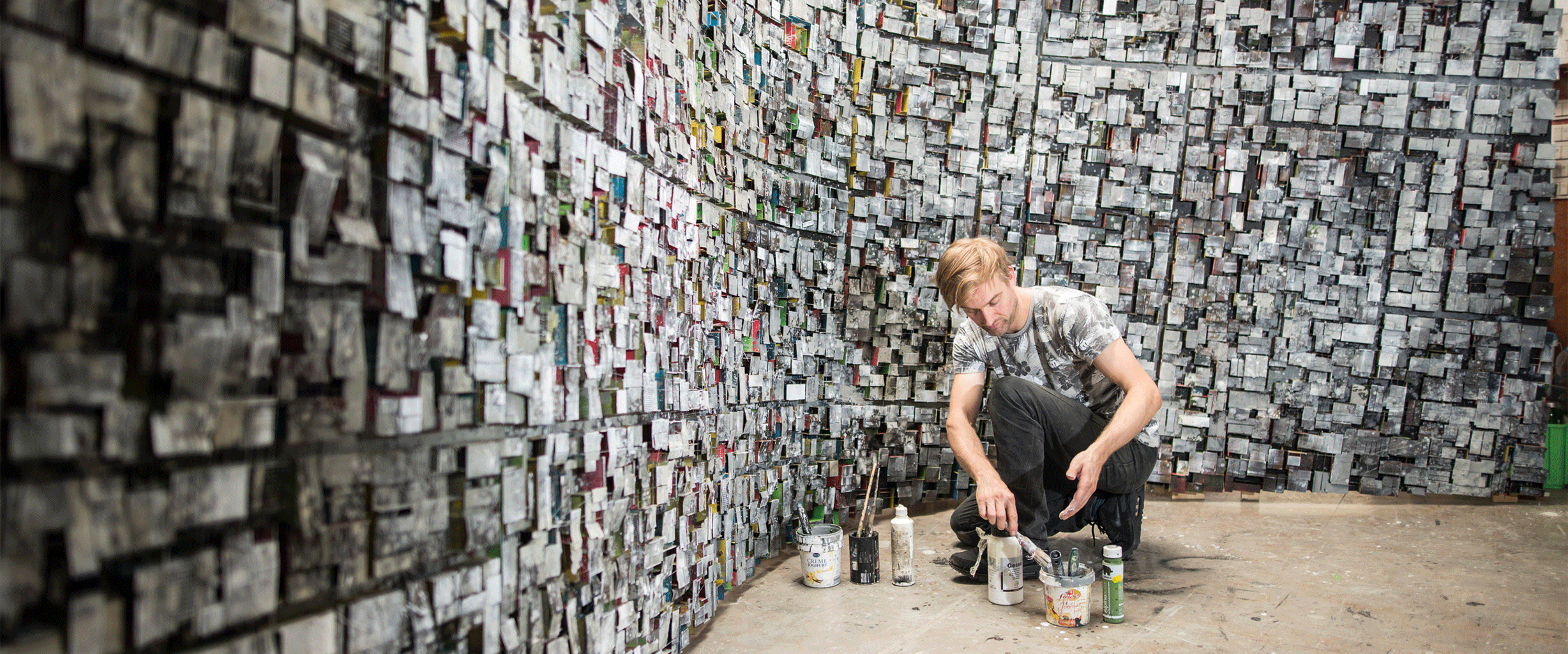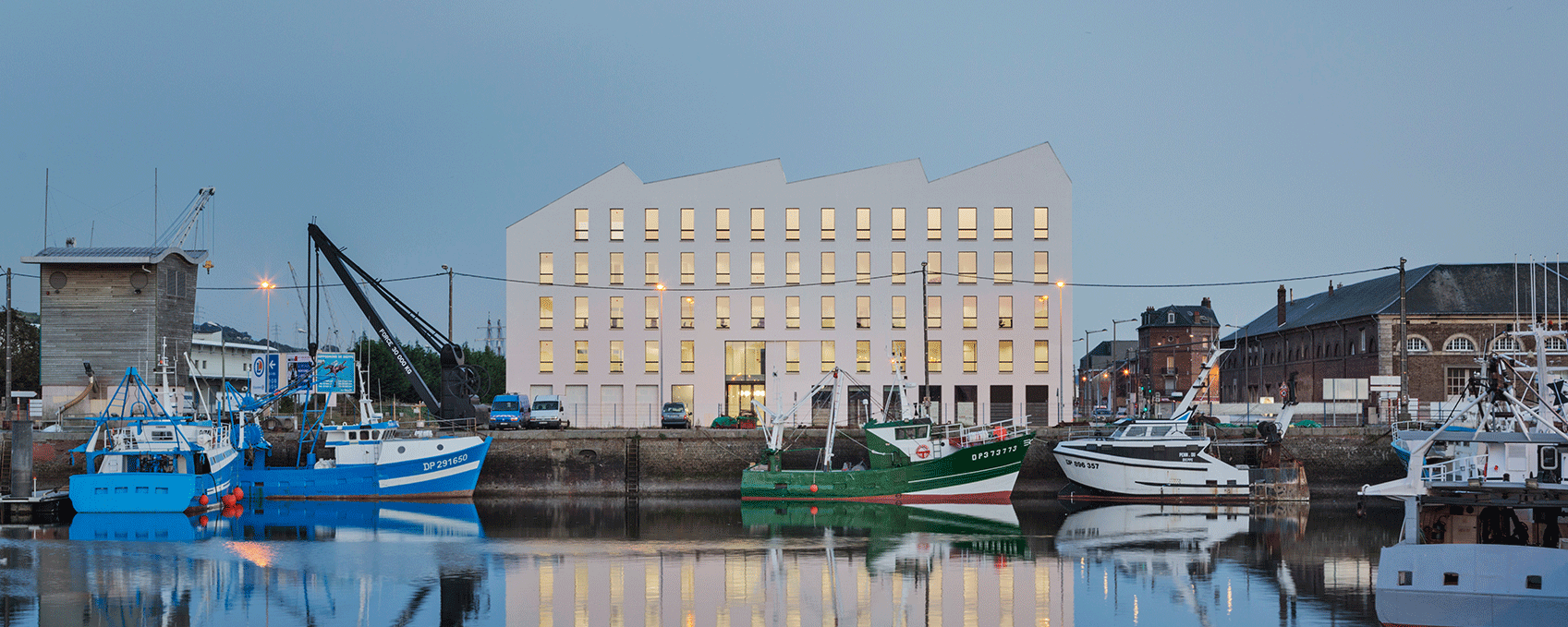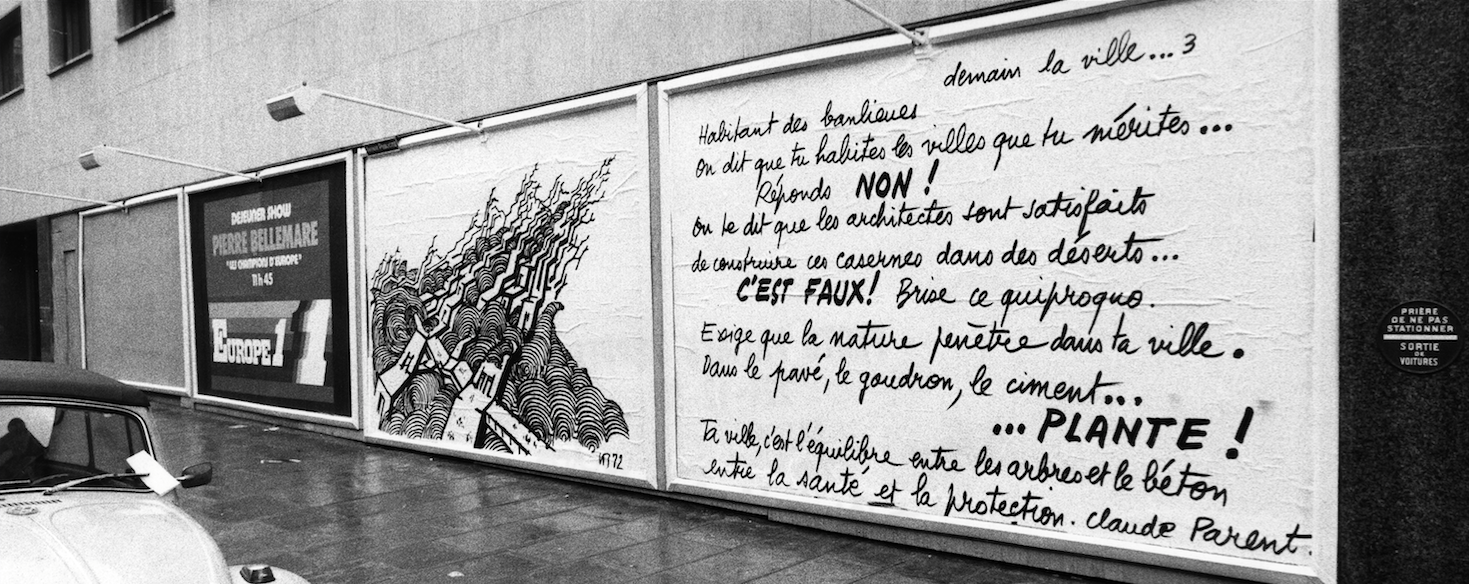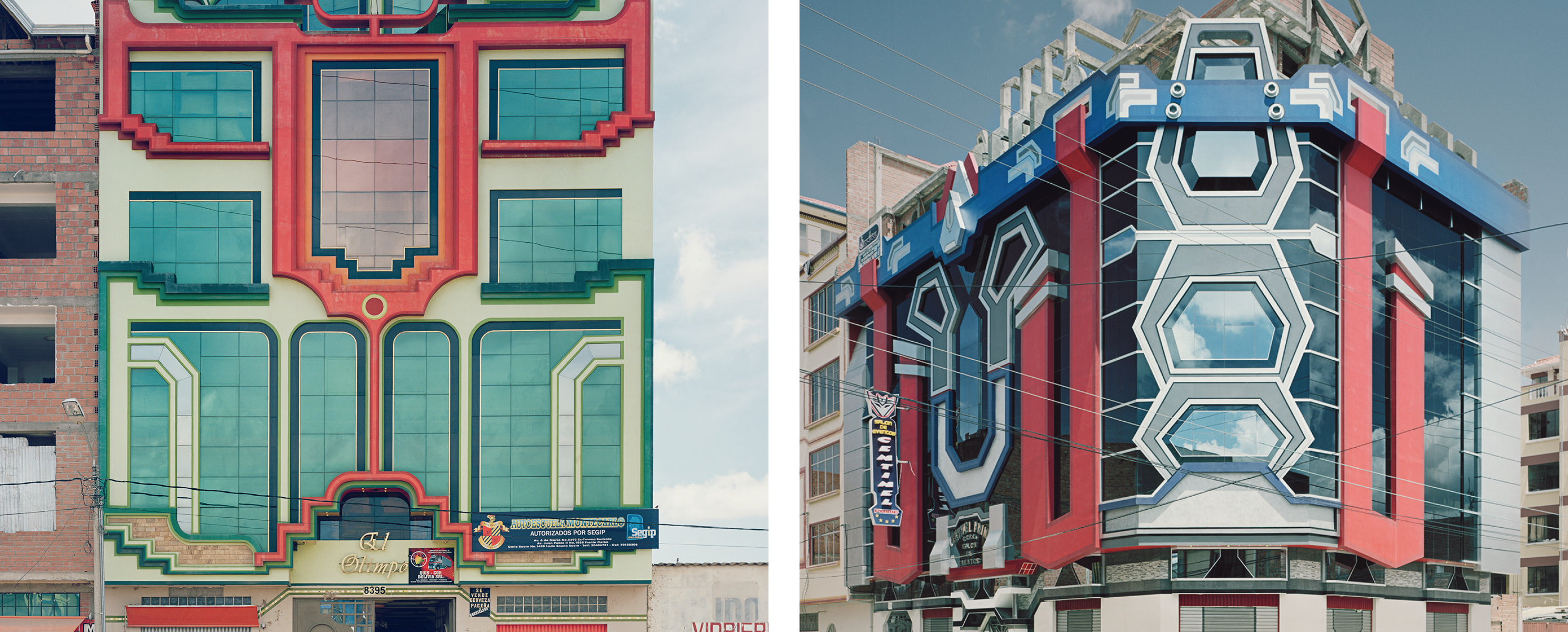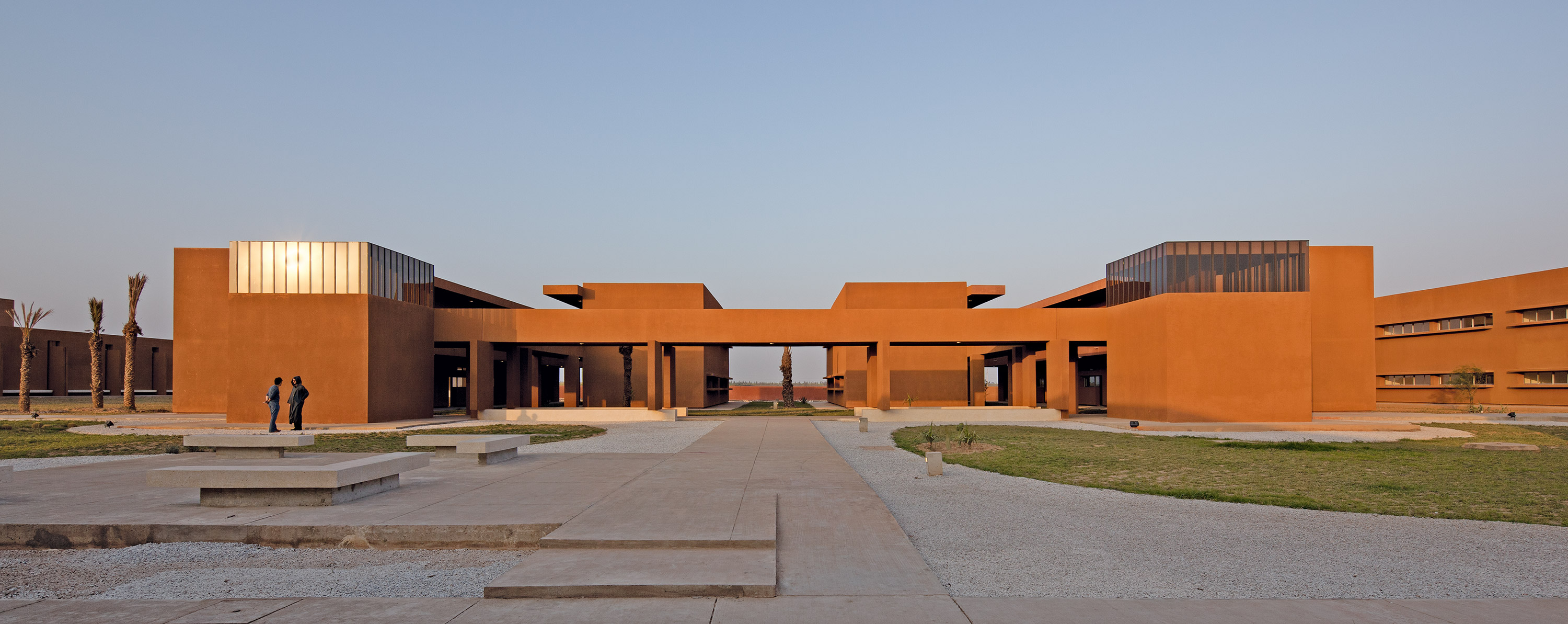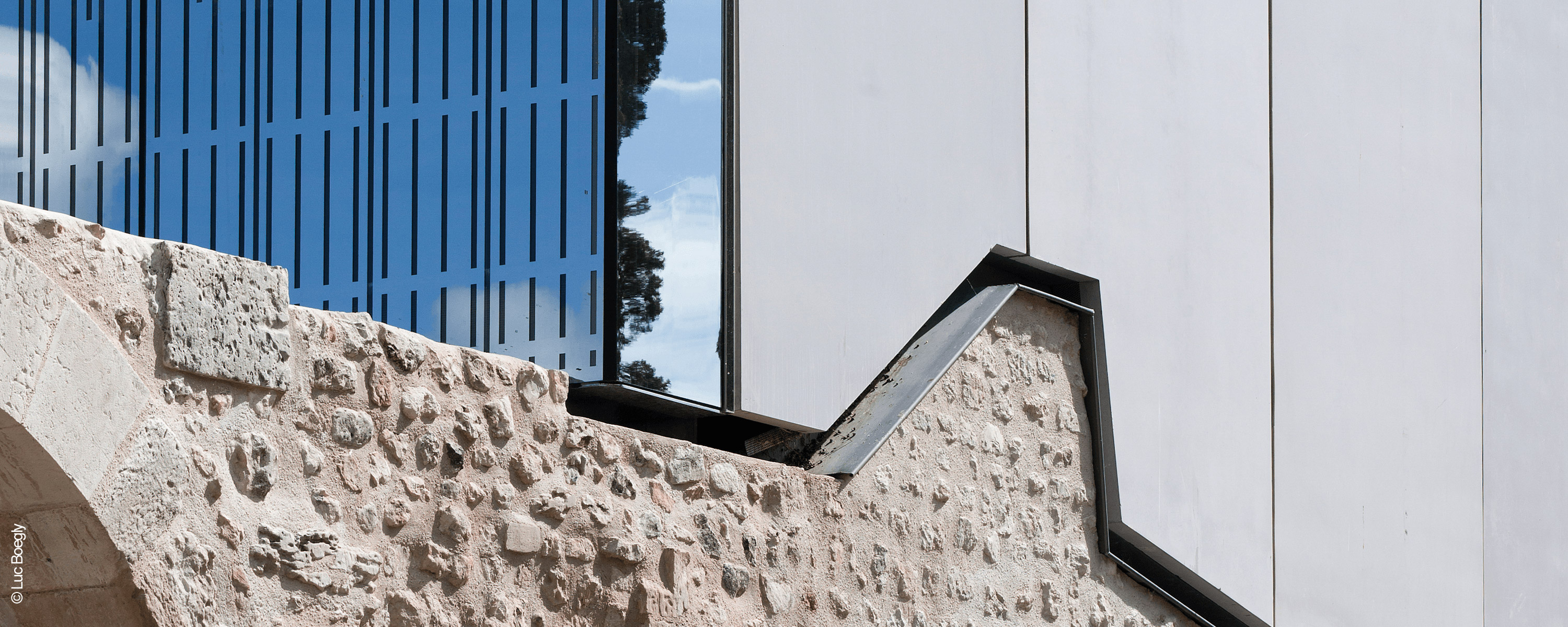Hendrick Czakainsky dans son atelier, Berlin. © Jan Kuhr
Temporary City
Against a backdrop of intensified migration flows, L’Architecture d’Aujourd’hui chose to focus its 413th issue on temporary architecture and the way it affects the making of 21st century cities.
Whether designed for specific events, as a “manifesto” or to meet social needs, ephemeral structures play multifaceted parts, as emphasized in this issue. Temporary architecture can be cultural, as demonstrated by “The Shed”, a theatre designed by Haworth Tompkins and opened in London in 2013, or by “Bellevue”, a community and art centre delivered in 2009 by Fattinger Orso Architektur in Linz, Austria. But quite often, temporary rhymes with emergency: it offers a solution to build refugees’ classrooms in Thailand (a.go.ra architects), or a provisional church while the cathedral of Christchurch, destroyed by an earthquake in 2009, is being rebuilt (Shigeru Ban with Warren and Mahoney). The projects selected by AA show the diverse solutions and functions of temporary projects as well as the extent of their impact on traditional cities. According to a survey conducted by Catherine Sabbah, temporary invasions can sometimes create whole new cities, fulfilling all their urban functions. The campsites topic is explored by Julien Choppin, co-founder of Encore Heureux office, for whom it symbolises freedom as much as survival. The ephemeral-permanent dialectic is also highlighted by Jean-Philippe Hugron, who questions the future of structures put together for cultural events such as World’s Fairs. Another case studied is the Kumbh Mela pilgrimage in India: probably the most striking example of a temporary city. Every 12 years, it gathers 120 million people who build their homes and live on-site for 55 days. All these projects picked around the globe demonstrate temporary architecture’s lasting impact on the making of a city.
Issue 413 is also the occasion to build parallels between architecture and mathematics with Fields medal recipient and French mathematician Cédric Villani. A pragmatic and critical reflexion that is also developed in the portrait of Italian office Baukuh.
The “Retour” section looks through the lens of Morgane Renou and Simon Schnepp to unveil the rehabilitation of Berlin-Tempelhof emblematic airport into a 380 ha park in which an accommodation centre for refugees has been built. Inspired by the damaged urbanity of cities, the work of Berlin-based artist Hendrik Czakainski is presented in “Acteur”. How did a London car park become the gathering place for contemporary art enthusiasts? A question answered by Hannah Barry, in the “Art” section, whereas “Design” analyses the role of galleries in the promotion of young talents. Finally, the Trends section looks back at the renewal of open-spaces.

